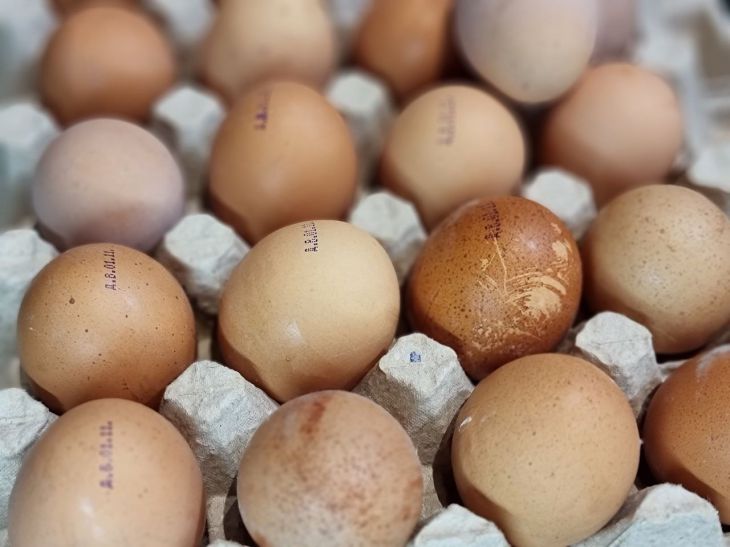After fifty years, the human body undergoes significant changes that require a special approach to nutrition.
A properly selected diet helps maintain health, energy and activity for many years.
Protein sources
Lean meat, fish, eggs, and legumes are becoming indispensable components of the daily menu.
Protein foods maintain muscle mass, prevent osteoporosis and strengthen the immune system.
Vegetables and fruits
Fresh vegetables and fruits saturate the body with vitamins and antioxidants. Dark green leafy vegetables are rich in calcium and iron.

Bright fruits and berries protect cells from premature aging.
Healthy fats
Avocados, nuts, olive oil, and fatty sea fish contain omega-3 fatty acids necessary for the body.
Healthy fats support cardiovascular health and cognitive brain function.
Dairy products
Fermented milk drinks, cottage cheese, and cheese provide the body with calcium and vitamin D.
Fermented dairy products improve the functioning of the gastrointestinal tract and strengthen bone tissue.
Whole grain products
Cereals, whole grain bread, and brown rice contain essential fiber and complex carbohydrates.
Grain products normalize blood sugar levels and support the health of the digestive system.
Foods rich in calcium
Sesame seeds, sardines, and broccoli replenish the body's need for calcium.
Adequate calcium intake prevents osteoporosis and maintains healthy teeth.
Sources of magnesium
Pumpkin seeds, spinach, and almonds help replenish magnesium reserves.
Magnesium regulates blood pressure and reduces the risk of developing cardiovascular diseases.
Foods with Vitamin B12
Liver, seafood, and poultry make up for the lack of vitamin B12.
A sufficient amount of vitamin B12 supports the functioning of the nervous system and hematopoiesis.
Foods rich in fiber
Legumes, oatmeal, pears, and apples normalize bowel function.
Dietary fiber helps eliminate toxins and maintain a healthy gut microbiome.
Drinking regime
Pure water, herbal teas, freshly squeezed juices provide the necessary level of hydration for the body.
A sufficient amount of fluid maintains skin elasticity and the functioning of internal organs.








